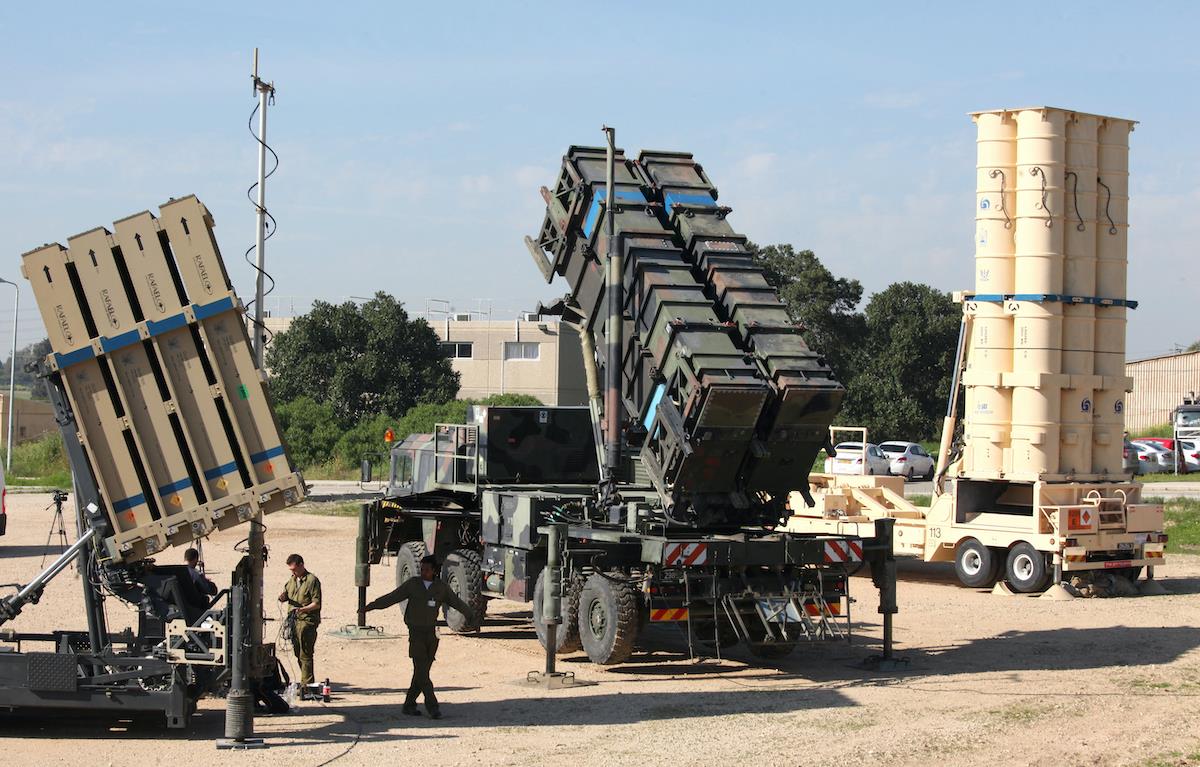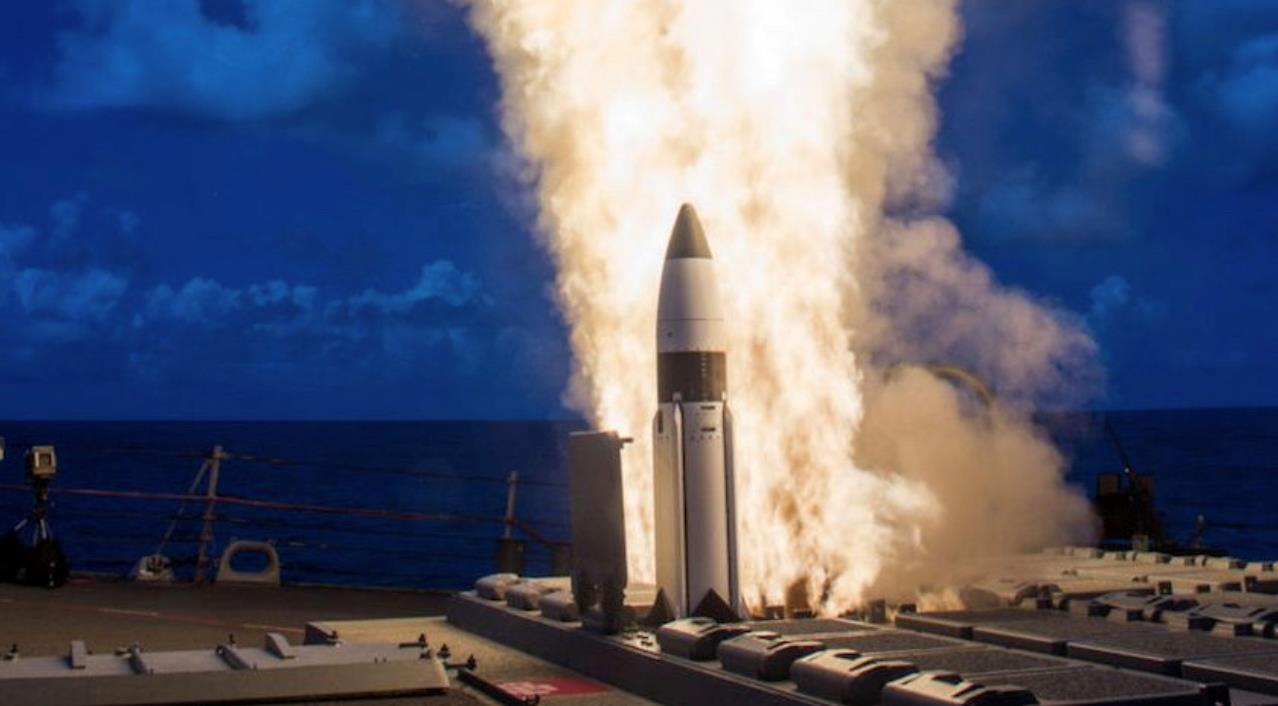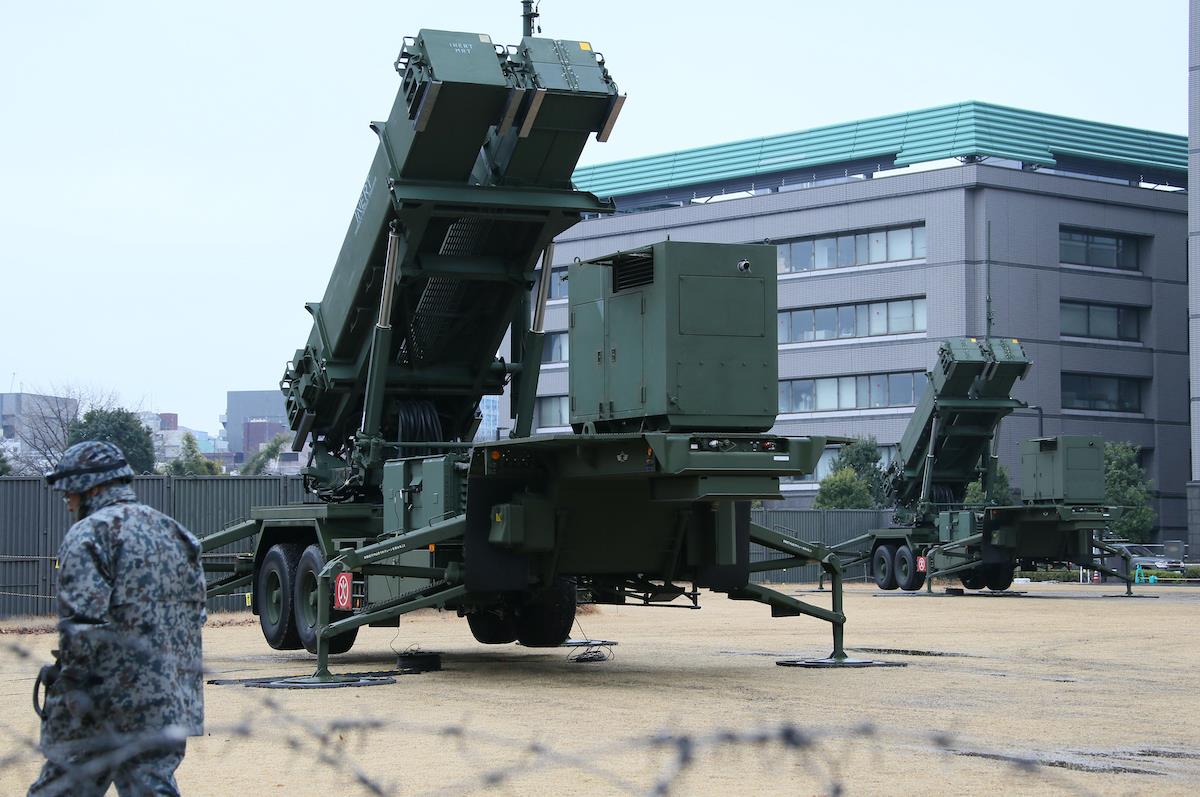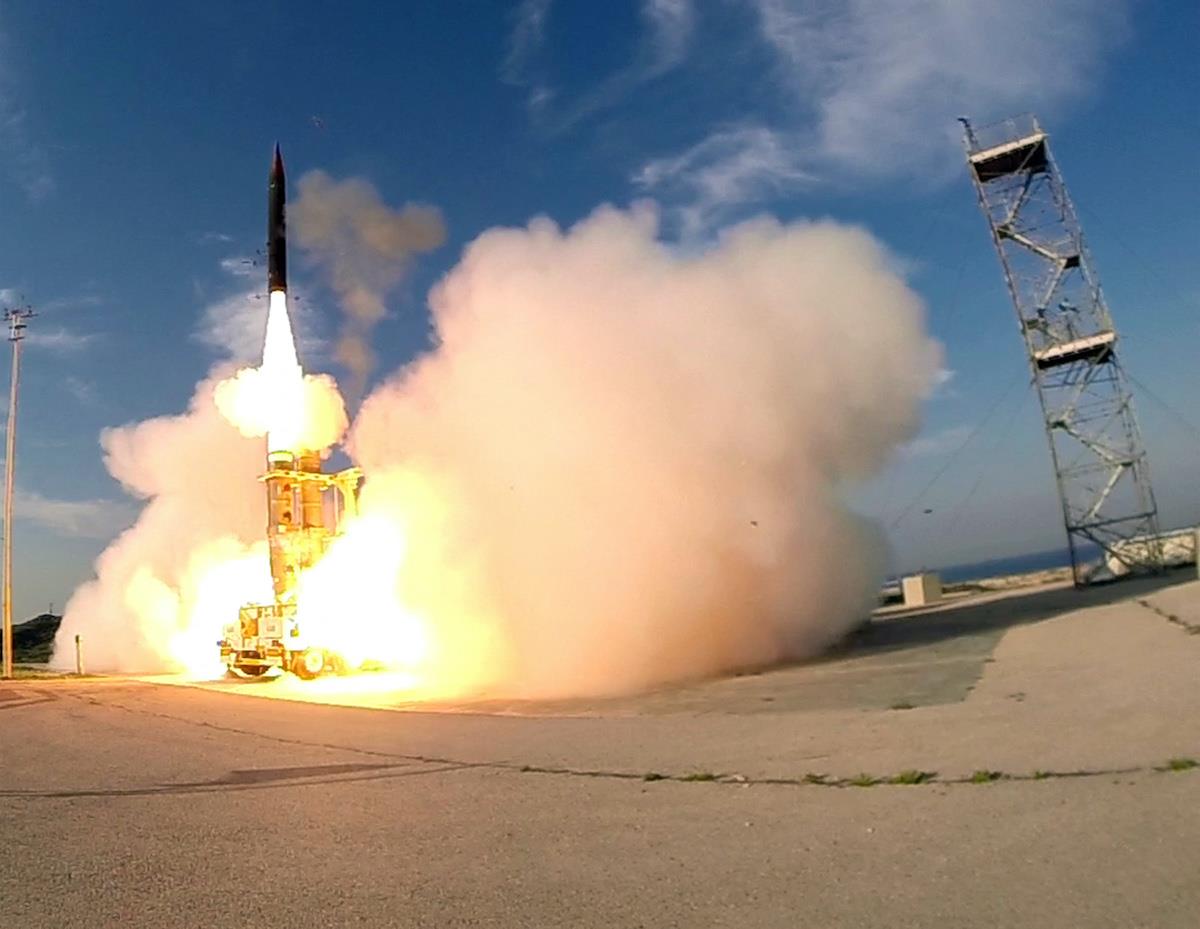(MENAFN- Asia Times) Despite spending billions of dollars, the US still lacks a credible ballistic missile defense to protect its territory from Russia, China or Iran. The US does have some defenses against a possible missile strike from North Korea but even these systems require billions of dollars in new investment for needed improvements.
A good interim solution for the US would be to adopt Israel's Arrow-3 for homeland security defense, buying time to develop a new and capable ballistic missile defense system.
The US has three land-based missile defense systems and one sea-based system. Of the land-based systems, the Ground Based Midcourse Interceptor (GBI) is potentially the most important to protect US territory from an ICBM launch.
Yet the GBI has performed poorly in tests. So much so, in fact, that the Pentagon decided to drop Boeing, the GBI's main contractor, and award an“interim” contract to Northrop and Lockheed to build 20 interceptor missiles. The new contracts are valued at US$3.7 billion.
Lockheed is partners with Aerojet Rocketdyne and Northrop with Raytheon Missiles and Defense.
Today, GBI launchers and radars are located at Fort Greely, Alaska and Vandenberg Air Force Base near Lompoc in Santa Barbara County, California. The US currently has only 44 interceptor missiles and none that can protect against a possible Chinese, Russian, or even Iranian attack.
The US has some other systems for missile defense, but none are capable against sophisticated ballistic missiles. A sophisticated ballistic missile is one that flies at hypersonic or near hypersonic speed and that can carry multiple warheads and various decoys and other masking devices.

An Israeli Iron Dome defense system, left, a surface-to-air missile system called the MIM-104 Patriot, center, and an anti-ballistic missile system the Arrow 3 at Hatzor Israeli Air Force Base in central Israel on February 25, 2016. Photo: AFP / Gil Cohen-Magen
Russia has had MIRV'd (multiple independently targeted re-entry vehicles) on its intercontinental ballistic missiles since about 1973. The US introduced them earlier, in 1968, on the Minuteman III.
China came late to the party, but today it has several long-range missile types with MIRV capability. Other countries including France, the UK and India reportedly have missiles that can carry more than one warhead; whether they are independently targetable isn't so clear. Iran is working on a long-range rocket with at least two and possibly more warheads. North Korea also says it is working on hypersonic missiles with MIRV capability.
Defeating and destroying a ballistic missile is not easy, and virtually all tested systems have had difficulty even shooting down simulation drones that lacked multiple warheads or deception devices such as decoys.
The GBI is perhaps the worst of all in this regard. In an entirely optimistic assessment, the probability to kill rate for a single launch of an interceptor missile at a single target is put at 56%. To achieve anything like acceptable kills against a relatively unsophisticated ballistic missile threat, it would take four missiles to achieve a 97% kill rate probability.
Given there are only 44 missiles in Alaska and Vandenberg, the chances would be low of stopping a threat of more than 10 attacking missiles.
China has between 50 and 75 ICBMs and is said to be expanding the number as well as hardening the missiles in silos in new locations. North Korea, according to US assessments, has about 12 ICBMs but the number and sophistication are growing.
Right now, North Korea could successfully bypass US defenses on the West Coast and hit US targets. Russia has approximately 310 deployed ICBMs that can carry up to 1,189 warheads.
The US has deployed three other systems outside of the country. These are the THAAD (Terminal High Altitude Air Defense) system, the Patriot PAC 3 and the AEGIS sea and land-based system featuring relatively new interceptor missiles, the SM-3 and SM-6, to intercept midcourse and terminal ballistic missiles.

The Aegis Ashore anti-missile system in a file photo. Photo: US Defense Department
Aegis at sea is used by the US and by Japan. The US has a total of 47 ships that carry the ballistic missile defense version of Aegis. The land-based Aegis Ashore is now deployed in Deveselu, Romania, with another site under construction in Redzikowa, Poland.
Japan, which had earlier planned to buy Aegis ashore, changed its mind and decided to rely on Aegis at sea. Recent tests of Aegis SM-6 missiles for terminal defense against submarine-launched ballistic missiles failed.
THAAD is deployed in South Korea and has recently been deployed in Saudi Arabia, the UAE, Guam, Israel and Romania. There is also a THAAD unit in Hawaii. Saudi Arabia has also purchased its own THAAD system but it has not yet been delivered.
THAAD has a single-stage solid-fueled interceptor with a downrange of about 200 kilometers and a service ceiling of some 93 miles, allowing it to operate in the exo-atmosphere. Anything below 100 kilometers, or 60 miles, is considered the endo-atmosphere.
Unfortunately, THAAD tests have often failed. The interceptor is not designed to handle sophisticated missile threats and is intended to be used against short- and medium-range missiles. To appease Iran, the Biden administration has ordered the removal of its THAAD and Patriot systems from the UAE and Saudi Arabia.
Patriot PAC-3 – the most sophisticated version of the Patriot – can be used against short-range ballistic missiles and supersonic aircraft. Many countries rely on Patriot as their primary missile defense system, including Japan, South Korea, Taiwan, NATO and various countries in the Middle East.
The US does not deploy the Patriot on its home territory. The Patriot has intercepted a number of Houthi (really Iranian) short-range ballistic missiles. In many cases, Patriot has managed to hit incoming missiles but often too late to stop them from impact on or near their targets.

A Patriot PAC-3 anti-missile air defense unit. Photo: AFP / The Yomiuri Shimbun
The Patriot appears to lack the ability to differentiate between a missile body and a missile warhead, and it has trouble dealing with heavier threats.
Given that the only system the US has for homeland defense is GBI, and that GBI is waiting for new missiles, where does this leave the nation? Rather than waiting for a new GBI interceptor, the US should consider taking the existing US-Israeli Arrow 3 interceptor and use it as an interim replacement for the old GBI interceptor missiles.
Arrow 3 was funded significantly by the US, and Israel's Missile Defense Organization (IMDO) is partnered with the Pentagon's Missile Defense Agency (MDA).
About half the Israeli system is built in the US. In July 2019 over a 10-day period, the Arrow 3 was tested at the Pacific Spaceport Complex-Alaska (PSCA) in Kodiak, Alaska.
The Arrow system was integrated with the AN/TPY2 radar, the same one used for GBI. In Alaska, the Arrow 3 system fired three interceptors on three separate occasions against ballistic missile targets, destroying each one.
Arrow 3 does not have the same range as GBI but it still has considerable reach – 2,400 kilometers, or almost 1,500 miles. Unlike GBI, the Arrow 3 is a single-stage interceptor with thrust vector controls and a gimbaled electro-optical seeker.
Like GBI, it is a hit-to-kill system. The main advantage of Arrow-3 is that it is effective and can deal with North Korean threats for now. Arrow-3 is much smaller and more compact than GBI.

The launch of an Israeli Arrow 3 missile at an undisclosed location in southern Tel Aviv. Photo: AFP / Israeli Defense Ministry
A GBI interceptor is 1.28 meters in width, compared to Arrow-3, which is .53 meters and fits in a 21-inch standard launch tube.
The US would gain a lot by using Arrow-3 as an interim GBI solution. It would buy time for the US to build a new and really effective ballistic missile defense system, something that has been lacking for decades. It would also save billions from being wasted on another attempt to salvage a flawed system.
The US MDA is also partnered with Israel on a next step project dubbed Arrow-4. Few details are known about Arrow-4, but it appears it is designed to deal with MIRV'd threats.
MENAFN28092021000159011032ID1102874660